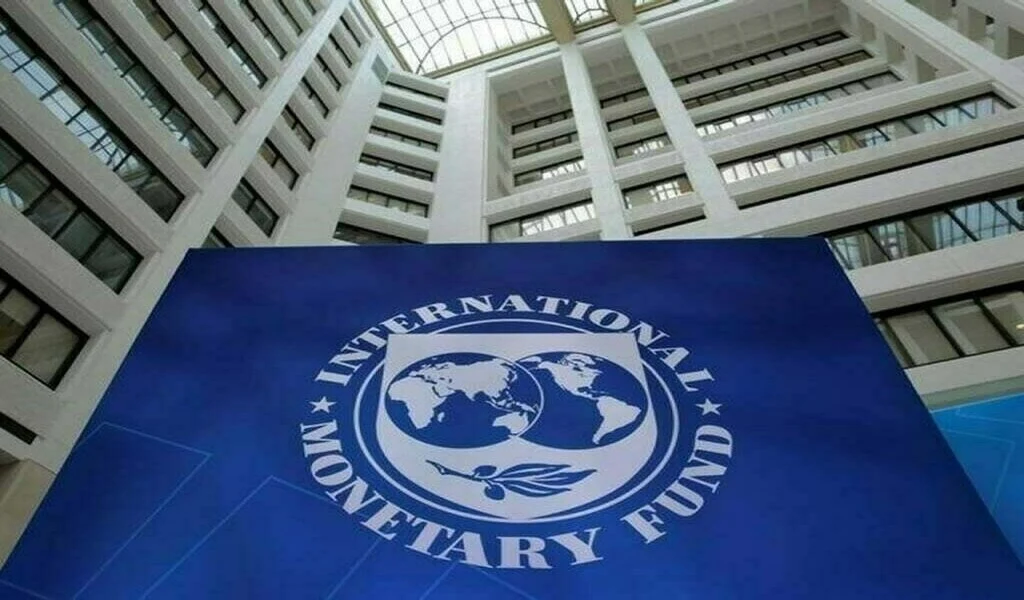(CTN News) – The growth estimate for Pakistan in fiscal year 2024 has been revised down to two percent by the International Monetary Fund (IMF), as indicated in a report released on Tuesday. This marks a 0.5 percentage point reduction from the 2.5 percent forecast in the October outlook.
The IMF’s latest projection is notably lower than the government’s target of 3.5 percent GDP growth for the current year.
Concurrently, the IMF has raised its global growth forecast for 2024 to 3.1 percent, citing unexpected resilience in major advanced and emerging market economies worldwide, including the United States and China.
This updated figure is 0.2 percentage points higher than the October forecast.
Despite acknowledging the global economy’s remarkable resilience with declining inflation and sustained growth, IMF Chief Economist Pierre-Olivier Gourinchas emphasized the persistent risks and the slow pace of expansion.
He noted the increased likelihood of a soft landing but highlighted the challenges in managing inflation through interest rate adjustments without triggering a recession.
While the IMF foresees a global growth improvement, it anticipates that it will still fall below the recent historical average of 3.8 percent due to factors such as elevated interest rates, the withdrawal of pandemic-related government support, and persistently low productivity.
Among the Group of Seven (G7) advanced economies, European countries are expected to face continued weak growth, while Japan and Canada may fare slightly better.
The IMF maintains an overall inflation outlook of 5.8 percent for 2024, but there is a notable shift between richer and poorer countries.
In advanced economies, inflation is projected to be 2.6 percent in 2024, down 0.4 percentage points from October, while emerging and developing economies are expected to experience an annual inflation rate of 8.1 percent, up 0.3 percentage points.
This disparity is partially attributed to challenges in Argentina, where consumer prices soared over 200 percent amid an economic crisis. Gourinchas emphasized that excluding Argentina, global headline inflation is anticipated to decline to 4.9 percent this year.
US, China, and India Upbeat Growth
Both the United States and China, the world’s largest economies, have received significant upgrades to their growth outlook for 2024, indicating a less substantial slowdown than previously anticipated by the International Monetary Fund (IMF).
In the case of the United States, the IMF now predicts a 2.1 percent growth in 2024, a slight decline from the estimated 2.5 percent in 2023.
This adjustment is attributed to “statistical carryover effects from the stronger-than-expected growth outcome for 2023,” according to the IMF. Notably, this economic outlook coincides with an election year in which President Joe Biden seeks a second term.
China’s economic trajectory is set for a 4.6 percent growth in 2024, an increase of 0.4 percentage points, although it is anticipated to decelerate from the 5.2 percent recorded in the previous year.
The upgrade for China is linked to carryover effects from robust growth in 2023 and heightened government spending on capacity building against natural disasters.
India continues to shine in the global economy, with the IMF revising its growth projection to 6.5 percent for the current year, a 0.2 percentage point increase from October. This follows an estimated growth rate of 6.7 percent in 2023.
Additionally, the IMF has raised the growth prospects for Russia, Iran, and Brazil for the upcoming year, indicating a positive trend in their respective economies.
IMF Global Economic Outlook: Contrasting Growth Prospects Across Continents in 2024
While many Asian economies maintain their positive momentum, Europe continues to cast a long shadow over the global outlook, with the International Monetary Fund (IMF) emphasizing “notably subdued growth in the euro area.”
Germany is poised to be the slowest-growing G7 economy once again, with an anticipated expansion of just 0.5 percent this year, following an estimated contraction of 0.3 percent in 2023.
The United Kingdom, France, and Italy are also expected to experience growth rates of 1 percent or less in 2024, while Spain’s economy is forecasted to fare slightly better, with a growth rate of 1.5 percent.
The sluggish growth in the euro area is attributed to “weak consumer sentiment, the lingering effects of high energy prices, and weakness in interest-rate-sensitive manufacturing and business investment,” as highlighted in the IMF’s World Economic Outlook (WEO) report.
Despite some challenging forecasts, the overall outlook for 2024 appears to be less gloomy for many countries compared to 2023. Every country mentioned in the report, except Argentina, is projected to experience positive growth this year.
This marks an improvement from 2023 when four out of the 30 economies cited in the report were estimated to have contracted.






